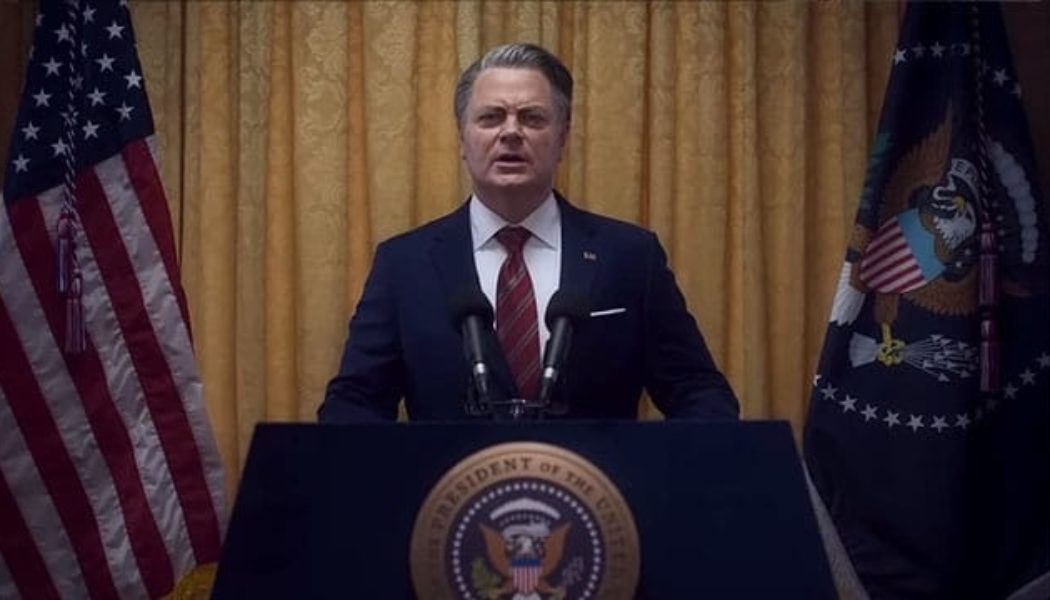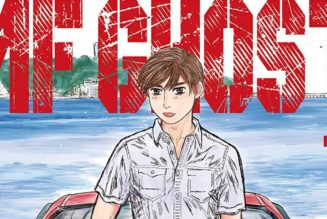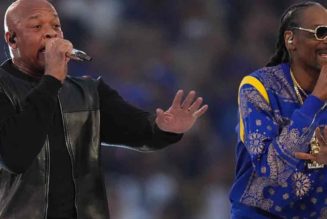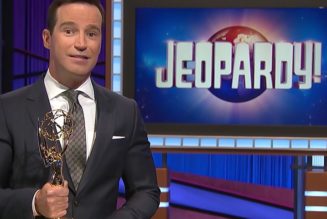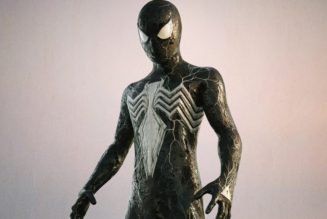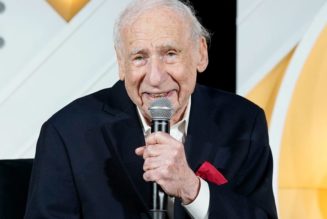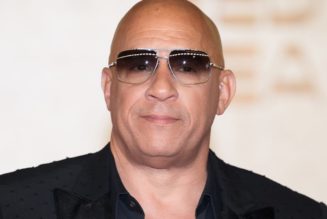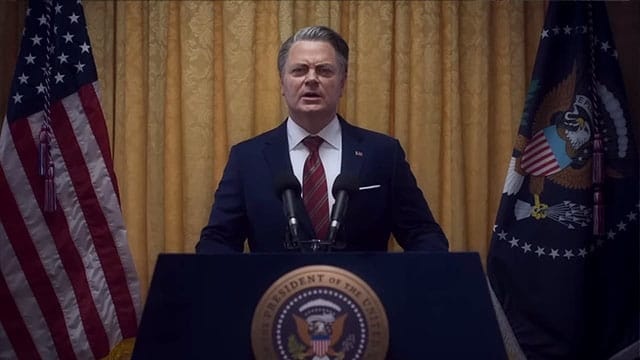
★★★★
In Civil War, Writer/Director Alex Garland (Annihilation) paints a picture of the United States if it were plunged into the chaos of Americans taking up arms against other Americans. By doing so from the point of view of photojournalists, the picture becomes a masterpiece of “what if.”
Photojournalist Lee (Kirsten Dunst) and her partner Joel (Wagner Moura) make plans to journey to Washington DC to try to interview the President of the United States (Nick Offerman), who hasn’t talked directly to reporters in months. But with the Western Forces closing in on him, there isn’t much time left to make it there. And Lee certainly wasn’t planning on taking her elderly reporter friend Sammy (Stephen McKinley Henderson) or a green behind-the-ears newbie photographer named Jessie (Cailee Spaeny) with her. But during the journey, she sees talent budding in the young girl and takes her under her wing, encouraging her photography even as they face dangers that only press members can understand, all to get that one big money shot.
Garland demonstrates a rare talent with both his script and direction. Although he has no experience in war or reporting, he’s created something that describes both in harried, bloody detail. While not reaching as far as actual bloodshed does, Garland manages to closely convey the horrors of urban warfare and crimes against humanity, along with how instantaneously and violently life can change or end. He also manages, in just over two hours, to give sufficient slices of many of the ways an advanced country can degenerate, factionalize, and fall into violence, paranoia, and dehumanization. Each encounter is just long enough to tell the tale, almost becoming a story in its own right, while being threaded together by the main characters and their evolution as they make the dangerous 500+ mile journey. Garland skillfully doesn’t pick sides or define them much, keeping the tale as impartial as the reporters he’s filming would. Dunst is fantastic as the famous war photographer whose skill has allowed her to bury the horror, get the photo, and move to the next tragedy. Moura’s embodiment of a pragmatic man who borders between safety and feeding on adrenaline is an excellent central character between Lee and her protégé Jessie. Rounding off this trio is Spaeny’s portrayal, which is better than average, of a first-time photographer who idolizes Lee but doesn’t quite meet the bar that Dunst and Moura set. This is likely more an effect of the script than her abilities, which rushes her evolution a bit when considering all that she goes through.
While the direction is superb at portraying many dangerous moments, it is overshadowed by the cinematography that gut-punches the message home in those times. There’s no shortage of violent, bloody action, which might be difficult for anyone who’s ever been in a war zone. The intent seems to be to give audiences a tiny taste of the horror of a real war zone and the dangers embedded and independent journalists face when they cover one. Some of the action becomes watered-down by including music that sometimes connects the scenes it cuts across but is often more intrusive than effective.
By taking an entirely different and unexpected point of view for the lead characters in Civil War, Garland has created something unique. But this movie also gives an enlightening, and sometimes disturbing, picture of what can happen when a person becomes desensitized to violence and inhumanity—even in oneself—to reach a certain goal and how that irreconcilable division can overwhelm us.
